How to Segment an Email List? The Ultimate Guide
Email marketing can be a powerful way to engage with prospective customers as well as those who have previously purchased from your company. However, a high unsubscribe rate can indicate that you are annoying your followers with too many or irrelevant emails.
One solution to this issue is to segment your email list, which is dividing your email list into different groups of customers who have the same characteristics. You can segment your email list to ensure that your messages are sent to the right people of your audience. Your email list can be segmented based on demographics, level of interest in your business, or any other metric you choose. In this article, I will share with you everything you need to know about how to segment an email list. Let’s jump right into the details!
What is email segmentation?
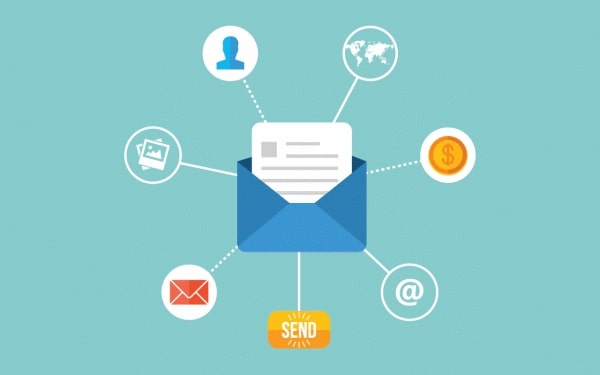
The process of segmenting email lists into smaller groups based on shared characteristics is known as email list segmentation. Marketers can then use what they know about their subscribers to interact with them with personalized email campaigns.
Read more: Personalized Email Marketing for Business!
There are basically four types of list segmentation:
- Demographic
- Psychographic
- Behavioral
- Geographic
Later in this article, you’ll find examples of each of these segments in practice.
Why is it important to segment your email list?
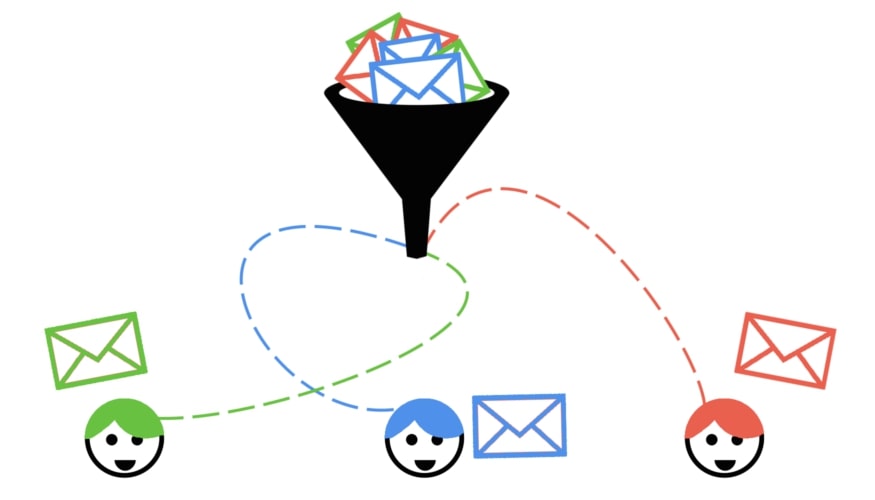
The fact that your audience is not a homogeneous group is the reason why you should segment your email list. Instead, it is made up of various types of customers, each with their own collection of interests. So, if you want to get the best out of each customer, a one-size-fits-all solution won’t work. You can target various groups with email content that is relevant to them and their needs by using segmentation. This has a slew of advantages for your email marketing campaign.
Better campaign results
More relevant emails result in a more positive response from subscribers. If the subject line of your email piques their attention, they are more likely to open it. And if the offer in the email continues to do the same, the customer is more likely to convert. You’ll also get more clicks and conversions if what you’re sending is relevant to the audience’s needs.
On the other hand, a one-size-fits-all email campaign would never please anyone on your list. And if contacts receive emails that aren’t of interest to them on a regular basis, not only will engagement suffer, but you face a higher unsubscribe rate.
Improved deliverability
The success of your email campaigns has a direct effect on your sender credibility. As a result of weak interaction due to a lack of segmentation, potential campaigns could end up in spam. Segmenting your email list can help you avoid damaging your sender credibility and, as a result, your email campaign will be able to reach more people.
Stronger relationships
Generic email campaigns don’t work any more in today’s competitive market, since your subscribers’ mailbox may receive tons of emails from many other companies. And therefore, to maintain their attention, the receiver must believe that your message was written specifically for them. You can create confidence in your brand by sending out content that appeals to your audience on a personal level on a regular basis. As a result, you’ll get more loyal customers and repeat purchases.
Better understanding of your audience
The process of segmenting your campaigns allows you to gain a better understanding of your target audience. To assess your most important consumers, for example, you can test which content works best with different profiles and identify groups with the highest interaction.
How to Segment Your Email List
Now you have got some ideas of email segments to try out, it’s time to put them into practice. The steps below will walk you through the process of how to segment an email list.
Choose an email service provider
The first step to segment your email list is to have an email service provider. It’s not possible to segment an email list with Gmail or Outlook, and you can barely run any mass email marketing campaigns with these tools. Instead, you should look for an email service provider to help you amass your email list, segment it, and run email campaigns. There are many options available on the market, but I’d recommend you to try out AVADA Email & SMS Marketing. This is a very affordable email marketing tool (starting at $9/month) that enables you to collect emails and segment your list. It also has robust features to enable you to run automated email campaigns.
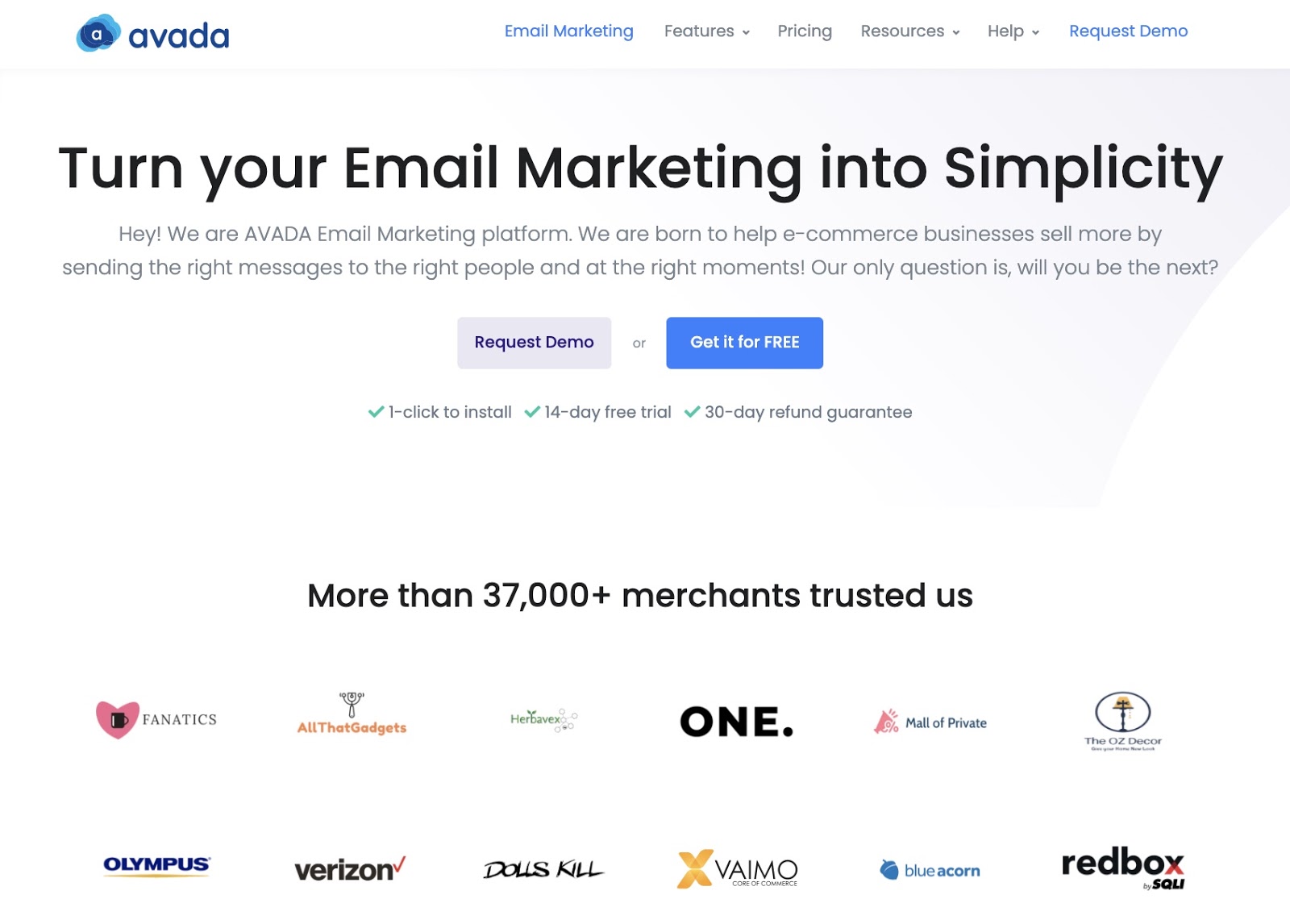
Determine criteria for segments
Before you begin segmenting your contacts, you must first determine what would qualify someone for a specific segment. In certain situations, such as if a subscriber falls into a specific group, this would be apparent. However, for more subjective categories, such as whether or not a customer can be considered loyal, you must determine your own parameters.
Collect your data
After you’ve settled on your segments, the next move is to collect the details you’ll need to categorize your contacts. Your process will be decided by the type of data you need. You may often directly ask subscribers through your signup form or surveys. However, monitoring is needed to get behavioral data. AVADA Email & SMS Marketing stores data on how subscribers interacted with your emails, and you can use that to decide what email to send to your subscribers.
The method you use to segment your contacts will be determined by the tool you use. List segmentation tools are available in many of the major email marketing services, but their features differ. AVADA Email & SMS Marketing enables you to build segments that are as simple or complex as you need. You can add multiple requirements and use custom contact attributes to segment based on whatever criteria you want.
Creating segments using AVADA Email & SMS Marketing
With AVADA Email & SMS Marketing, you can create segments from your list by filtering contacts with criteria of your choice. Here are how you can do this:
- In your AVADA account, go to “Audiences” > “Segments” and then click the New Segment button on the right.

- Name your segment, then select the criteria for the segment using the drop-down options and text box. For example, below is a segment of customers who have bought product X.

- To add further condition, click the “Add condition” button. Choose “All conditions” or “Any conditions” if you also want to include contacts that meet a different set of requirements. For example, the segment below will put all customers who have bought product X from campaign Shoes into one list.

- Once you’ve entered all of your parameters, click “Save” to finish the segment. You’ll be able to use it as an audience for promotions after that.
Very easy, isn’t it?
Ideas to segment your email list
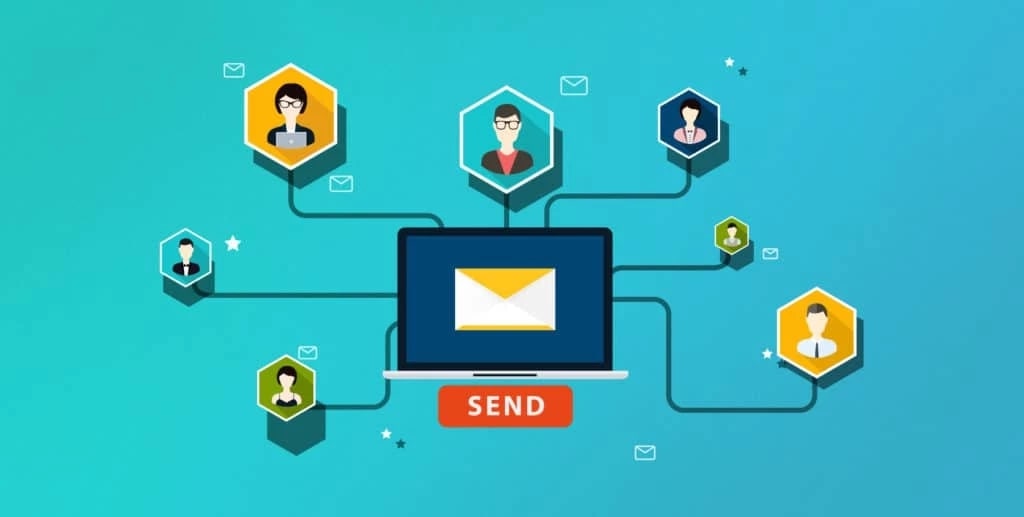
The aim of segmenting your email list is to provide your audience with more relevant information. Keep in mind that, while some of these recommendations work well on their own, many of them work much better when combined with other segments.
Geography
Knowing where your audience lives can be incredibly useful. You wouldn’t give in-store deals to out-of-town buyers if you owned a brick-and-mortar store, would you? For example, if you’re a national franchise, you should be segmenting by zip code to avoid infringing on someone else’s territory or, worse, selling to an area that your company doesn’t even serve yet.
Age
People of all ages today have access to the internet, so you may be emailing a college student, a retiree, or even a small child. Knowing the general age range of the people on your list can be useful in eliminating those that are not in your target demographic or in modifying the messaging of your email communications.
Gender
You should change your messaging and offers based on gender, just as you might talk differently to a retiree and a college student. Consider segmenting your email list based on this criteria if you have a diverse product line that serves both genders.
Location
If you have several stores or sell to a global audience, you can stop sending mass promotions that are only accessible to people in particular locations. If an event or promotion is store specific, limit the campaign to those within a certain range in the case of brick-and-mortar businesses. Even if you’re selling online, you should think about whether your offer is suitable for a specific geographic area. Seasons and climates, for example, can influence which products you should promote.
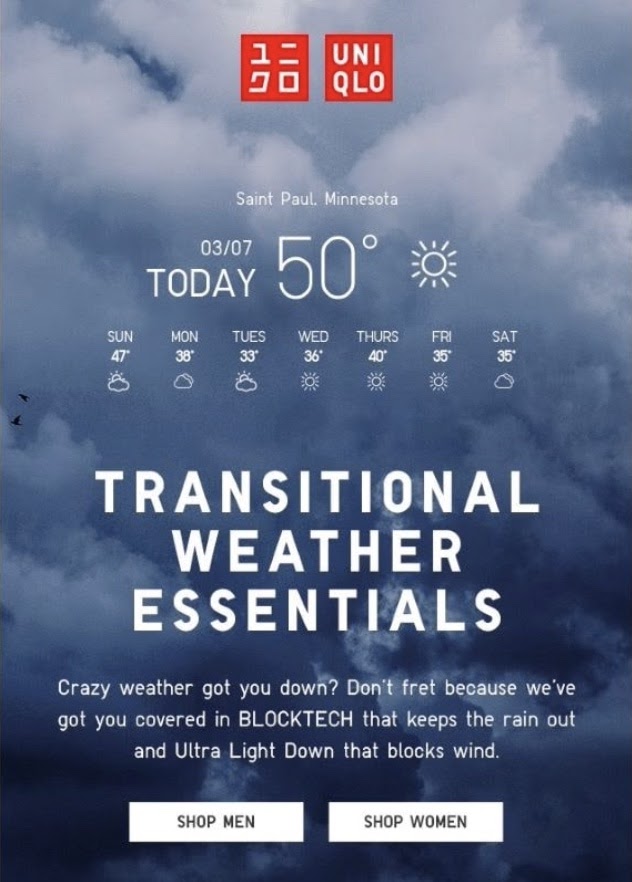
Product interests
Not everything you sell is going to be of interest to anyone on your email list. Instead of sending out the same product to everyone, reach smaller groups of people who are likely to be interested with relevant deals. You can base your interest on explicit preferences, where you might ask subscribers in a survey or when they first subscribe which items they want to hear about. Or you can rely on customer activity such as past purchases or abandoned items in cart.
Some customers can proceed as far as adding an item to their online shopping cart before abandoning the purchase. You may target these customers with a cart abandonment email that aims to pique their attention and persuade them to make a purchase. Post-purchase emails are another way to increase revenue by segmentation. You may use cross-selling to recommend other products that consumers often buy together based on what they purchased.
Purchase history
Past sales not only give you an idea of what a customer wants, but they also provide insight into their shopping habits. By finding trends in this, you can create campaigns to enable them to continue purchasing from you. Examine not just what consumers buy, but also how much money they spend. This helps you to recommend items that are within their price range. Give discount coupons to the most price-sensitive customers who usually purchase goods on sale to secure sales.
If you know certain customers purchase certain products on a regular basis, you can send them reminder emails asking them to buy again after a certain period of time. This works well with items that expire at regular intervals, such as cosmetics.
Stage in the sales funnel

You can push your customer to the next stage of your sales funnel to convert them into a customer by segmenting the campaigns depending on where they are in their journey. You must first create trust with newly acquired leads who are still exploring your brand before promoting your offer directly. You can accomplish this by providing high-value, educational content that highlights your expertise. Add more product-focused material, such as case studies, as your subscribers show signs of interest by engaging with your content. If they continue to interact, you’re ready to drive them towards conversion, maybe with a demo or free trial.
There are additional ways to nurture customer relationships following conversion by targeted promotions. To keep new customers engaged, send out onboarding emails that take them through the process of getting started with your product or service. For those who have been with you for a longer period of time, you might send out dedicated promotions to upsell additional services or encourage customers to extend their contract.
Types of customers
Someone who has just discovered your brand would need different content than someone who has been a customer for years. To keep all customers involved, tailor the campaigns to the type of customers they are. Customers can be classified into the following categories:
- New subscribers who haven’t purchased. You don’t want to turn off these potential cútomé with an irrelevant promotional email. Build a series of welcome emails that introduce them to your brand and keep their interest piqued with inspiring content instead.
- Customers who have made their first purchase. Once a prospect converts, your goal is to maintain their interest. This could be done by testimonials that introduce them to additional facets of your offering or educational opportunities that assist them in making the most of their purchase.
- Loyal customers. You will get even more value from long-term, loyal customers if you acknowledge them. Make them feel unique by providing VIP benefits such as early access to new items. You may also use their loyalty to your advantage by asking for a recommendation or encouraging them to recommend a friend in return for a reward.
- Customers that haven’t bought anything for a long time. Customers who have been quiet since their last purchase may be enticed to return with a discount deal customized to their needs.
Best practices to segment your email list
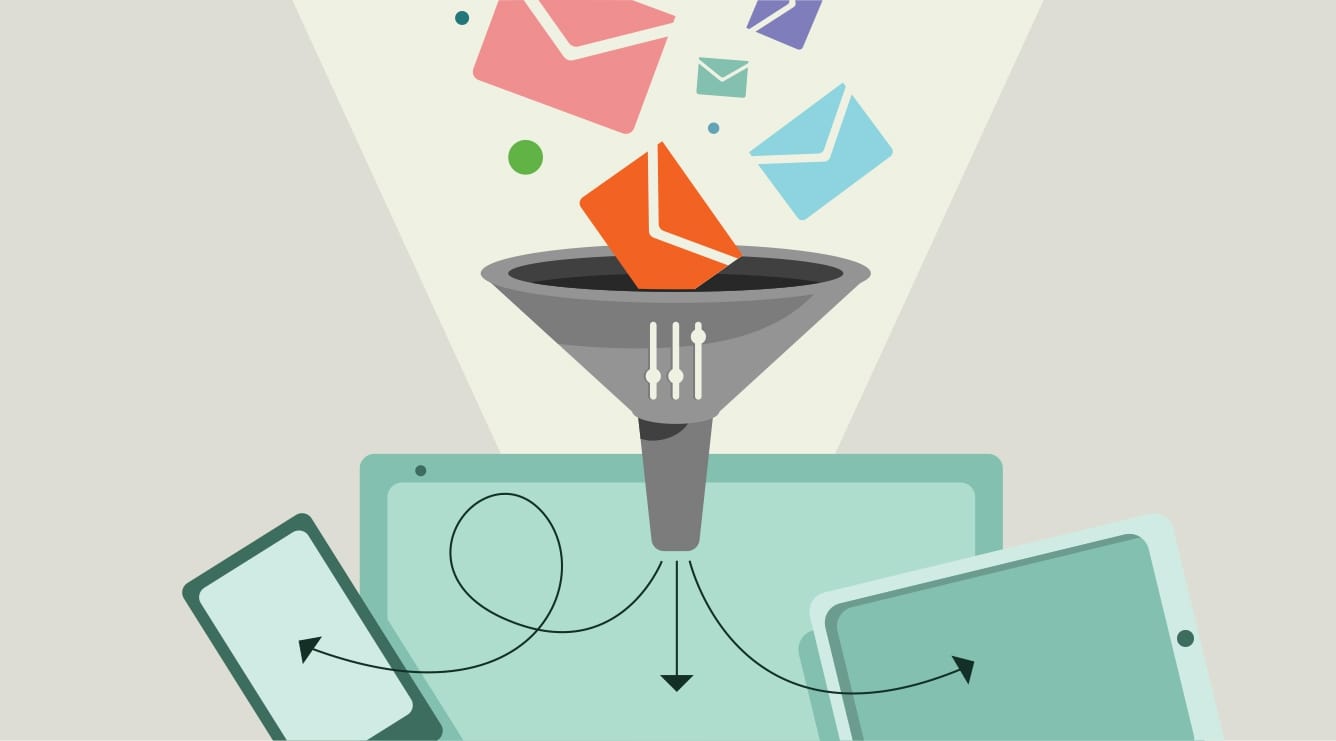
Use a straightforward approach. Don’t build interminable segments just for the sake of it. Instead, to guide your approach, determine the most critical factors affecting your customers’ decisions.
Understand the target audience. Do some research to create an image of your consumer personas — these are your ideal customers. Then, based on their primary characteristics, you can build relevant segments.
Don’t expect too much from your subscribers. Although subscription forms are a great way to collect contact information, you must be careful not to discourage people from signing up at all. Make it clear why you’re asking for their email and how you will help them.
For more accurate segments, combine conditions. Using multiple segment criteria will allow you to build campaigns that feel much more personalized. For example, rather than simply targeting women, you might target those who have already purchased a specific type of product.
Use dynamic content to save time. By using dynamic blocks, you will avoid having to build separate campaigns if you just want to adjust some parts of your emails for different groups. These will only be visible to contacts who meet the requirements.
Keep an eye on results. Keep an eye on the progress of your segmented campaigns after you’ve set them up. You’ll learn more about what works and what doesn’t.
Final words
That’s it! I hope that this article has provided you with valuable information about how to segment an email list. Please feel free to leave comments below for further discussion on this topic!
New Posts






